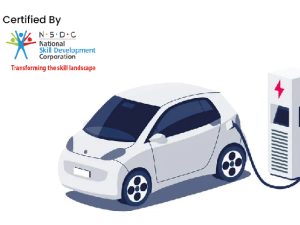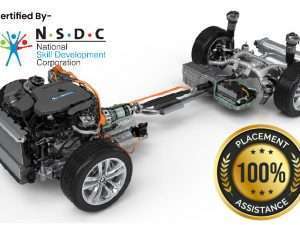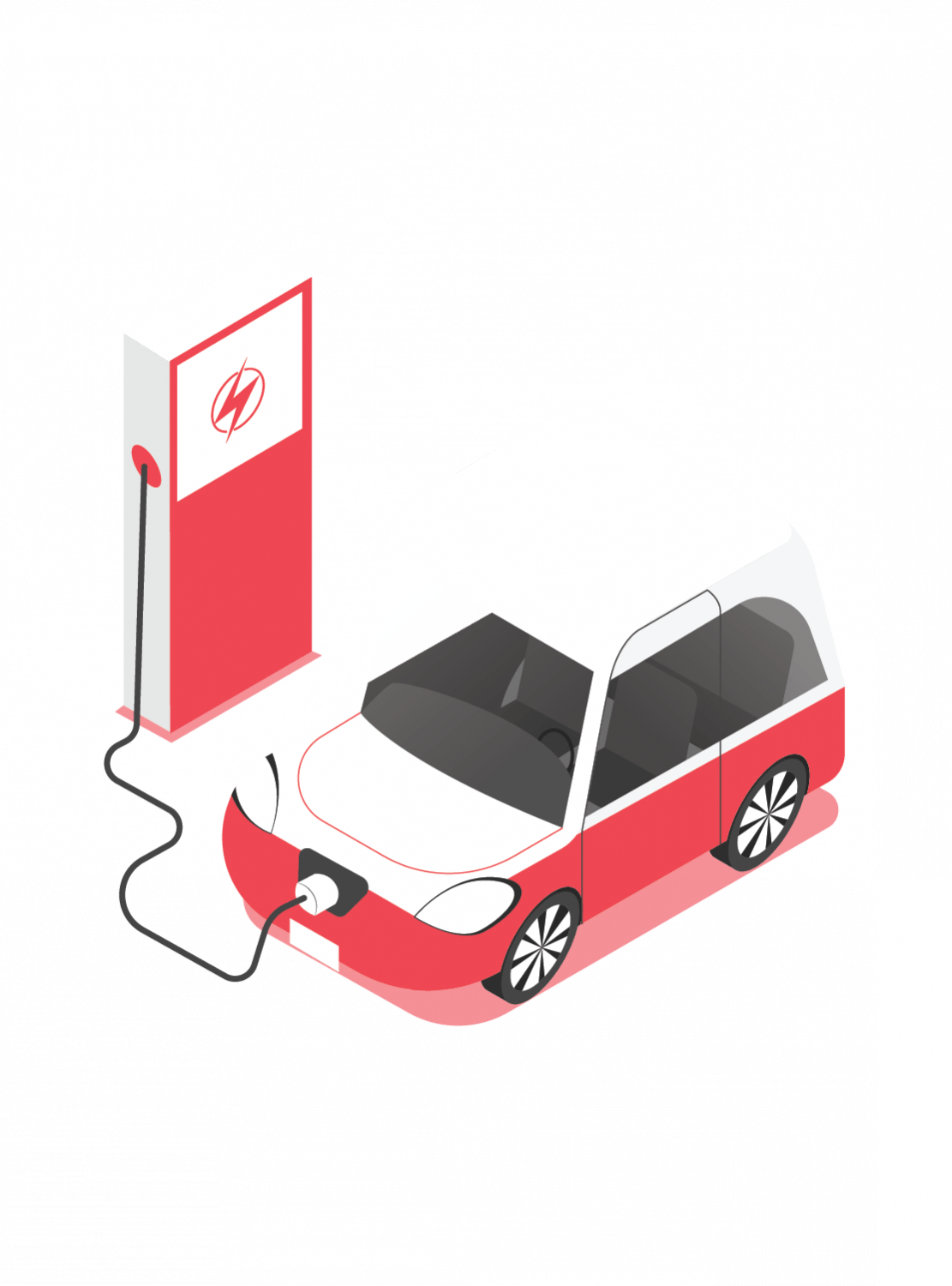Standard & No Cost EMI | No hidden costs
Electric Vehicle Design, Simulation and Component Selection – Part 5 – Energy Storage System
Instructor
ISIE INDIA
- Description
- Curriculum
- Reviews

Energy Storage System : Unit 1 - Cell Types and Characteristics
Energy Storage System : Unit 2 - Battery Pack Design and Cell Sorting
-
1Lecture 2.1.0 : Battery Size Calculation – Energy Consumption Calculation
-
2Lecture 2.1.1 : Calculating Battery Pack Size
-
3Lecture 2.2.0 : Battery Pack Capacity and Voltage – Cell Load Characteristics
-
4Lecture 2.2.1 : Battery Pack Capacity and Voltage
-
5Lecture 2.3.0 : Cell to Cell Bonding – Nickel Strip Selection
-
6Lecture 2.3.1 : Bus Bar Bonding
-
7Lecture 2.3.2 : Tab Bonding
-
8Lecture 2.3.3 : Cell to Cell Gap
-
9Lecture 2.3.4 : Spot Welding vs Laser Welding
-
10Lecture 2.4.0 : Battery Safety – Performance Design and Safety Layer
-
11Lecture 2.4.1 : Safety Layer Design
-
12Lecture 2.5.0 : Battery Modelling – Cell Assembly Model
-
13Lecture 2.5.1 : Battery Case Design Principles
-
14Lecture 2.5.2 : Battery Case Design – Model
-
15Lecture 2.5.3 : Battery Pack – Component Packaging
-
16Unit 2 : Expert Lecture – Live – Battery Pack Design and Cell Sorting
-
17Unit 2 : Assignment – Battery Pack Design and Cell Sorting
Energy Storage System : Unit 3 - BMS Design and Architecture
-
18Lecture 3.1.0 : Introduction to BMS – Why BMS
-
19Lecture 3.1.1 : BMS Functionality
-
20Lecture 3.1.2 : Sensing Voltage
-
21Lecture 3.1.3 : Sensing Current
-
22Lecture 3.1.4 : Sensing Temperature
-
23Lecture 3.1.5 : High Voltage Contactor
-
24Lecture 3.1.6 : Isolation Circuit
-
25Lecture 3.1.7 : Thermal Control
-
26Lecture 3.1.8 : SOC of Cell
-
27Lecture 3.1.9 : Energy and Power of Cell
-
28Lecture 3.2.0 : Battery Pack Simulation – OCV and SOC of Cell
-
29Lecture 3.2.1 : Linear Polarization
-
30Lecture 3.2.2 : Finding RC Values
-
31Lecture 3.2.3 : Hysteresis Voltage
-
32Lecture 3.2.4 : Enhanced Self Correcting Model
-
33Lecture 3.2.5 : Cell Testing and Coulombic Efficiency
-
34Lecture 3.2.6 : Temperature and OCV
-
35Lecture 3.2.7 : Matlab Cell Model – Simulation
-
36Lecture 3.2.8 : Data Based Cell Simulation
-
37Lecture 3.2.9 : Physics based Model
-
38Lecture 3.2.10 : Simulating EV
-
39Lecture 3.2.11 : Simulating constant power and voltage
-
40Lecture 3.2.12 : Battery Simulation
-
41Unit 3 : Expert Lecture – Live – BMS Design and Architecture
-
42Unit 3 : Assignment – BMS Design and Architecture
Energy Storage System : Unit 4 - Battery Thermal Management and Its Simulation
-
43Lecture 4.1.0 : Introduction to BTMS – What is BTMS?
-
44Lecture 4.1.1 : Types of BTMS
-
45Lecture 4.2.0 : Thermal Loading – Heat vs Temperature
-
46Lecture 4.2.1 : Cell Heat Map (1C and 3C)
-
47Lecture 4.3.0 : Heat Management – Thermal Paste Cooling
-
48Lecture 4.3.1 : Phase Changing Material
-
49Lecture 4.3.2 : Heat Exchanger
-
50Lecture 4.4.0 : Thermal Modelling – Preliminary Definitions
-
51Lecture 4.4.1 : Microscale Thermal Model
-
52Lecture 4.4.2 : Boundary Condition
-
53Lecture 4.4.3 : Peltier Coefficient
-
54Lecture 4.4.4 : Transfer of Heat at Boundaries
-
55Lecture 4.4.5 : Change in Parameter Values
-
56Lecture 4.4.6 : Gradient Transfer Fnc
-
57Lecture 4.4.7 : Heat Generation Terms
-
58Lecture 4.4.8 : Irreversible Heat Generation
-
59Lecture 4.4.9 : Joule Heating
-
60Lecture 4.4.10 : Heat Flux Terms
-
61Unit 4 : Expert Lecture – Live – Battery Thermal Management and Its Simulation
-
62Unit 4 : Assignment – Battery Thermal Management and Its Simulation
Please, login to leave a review







